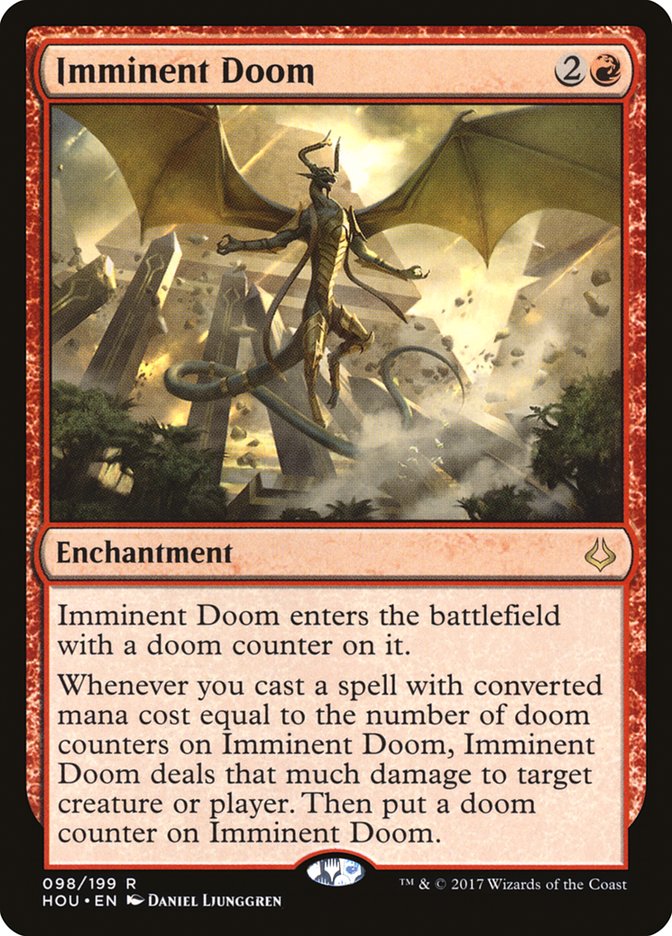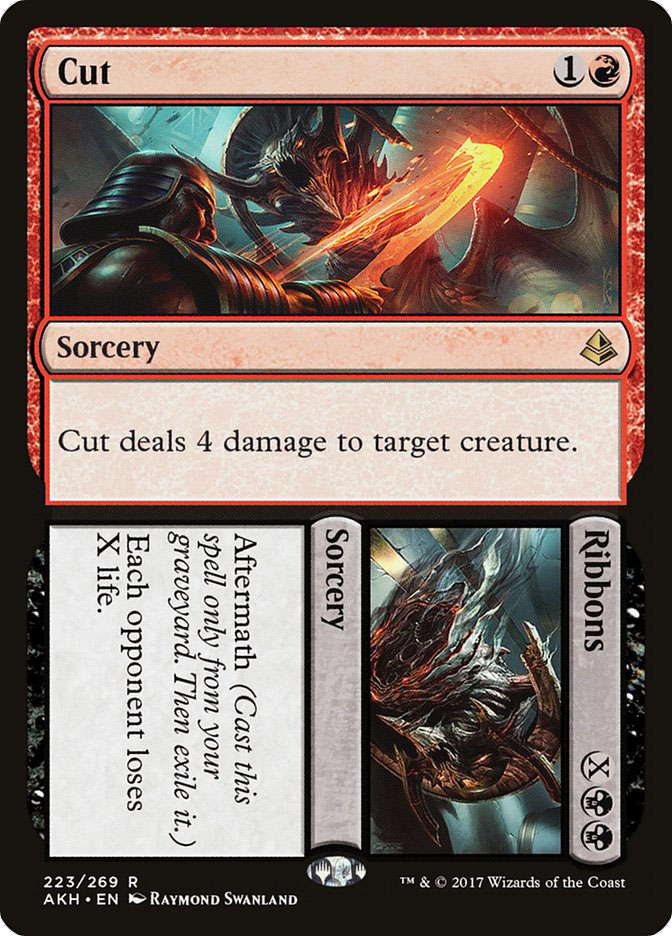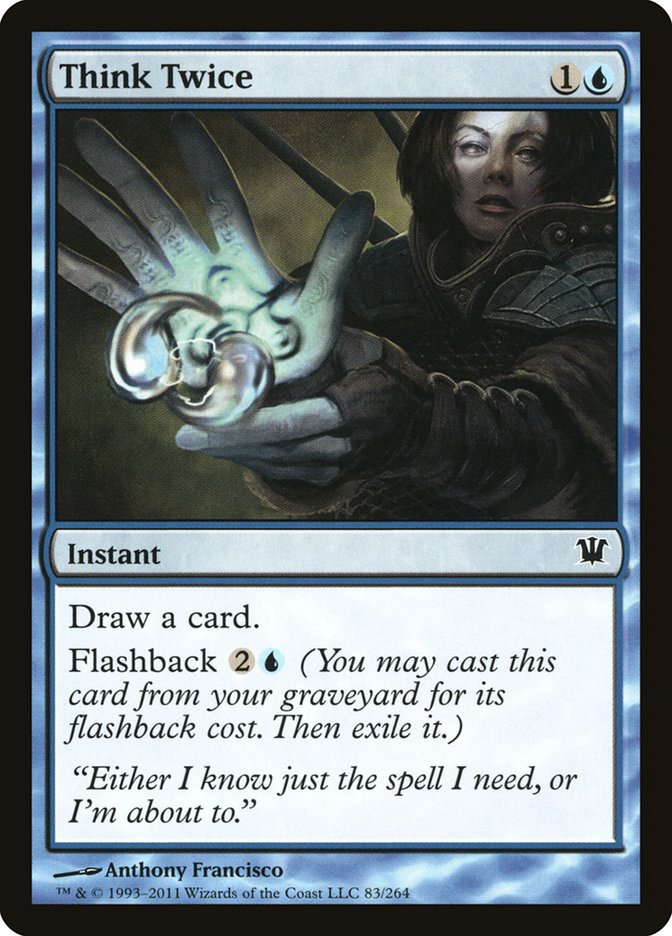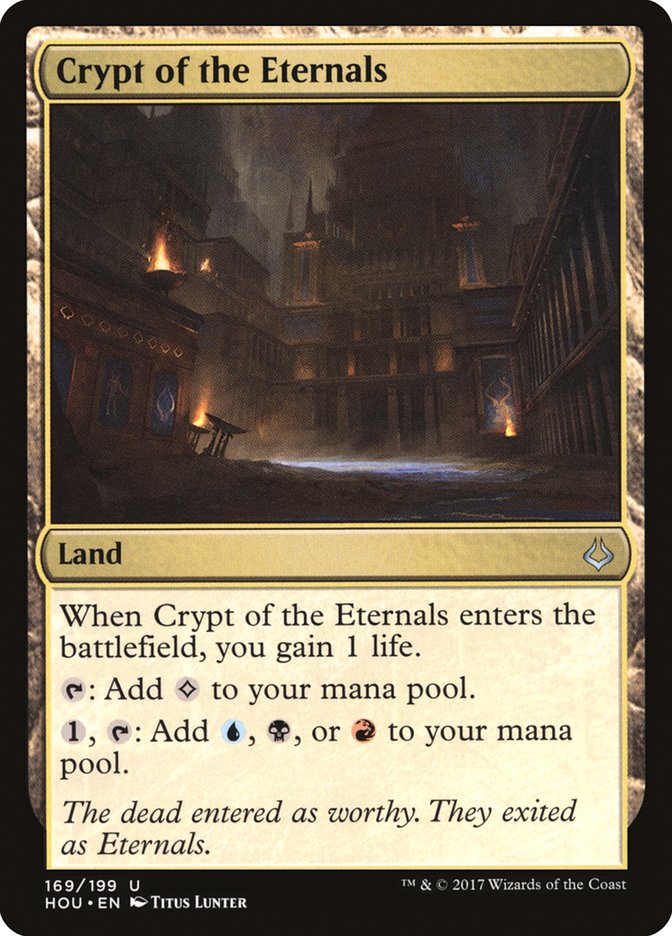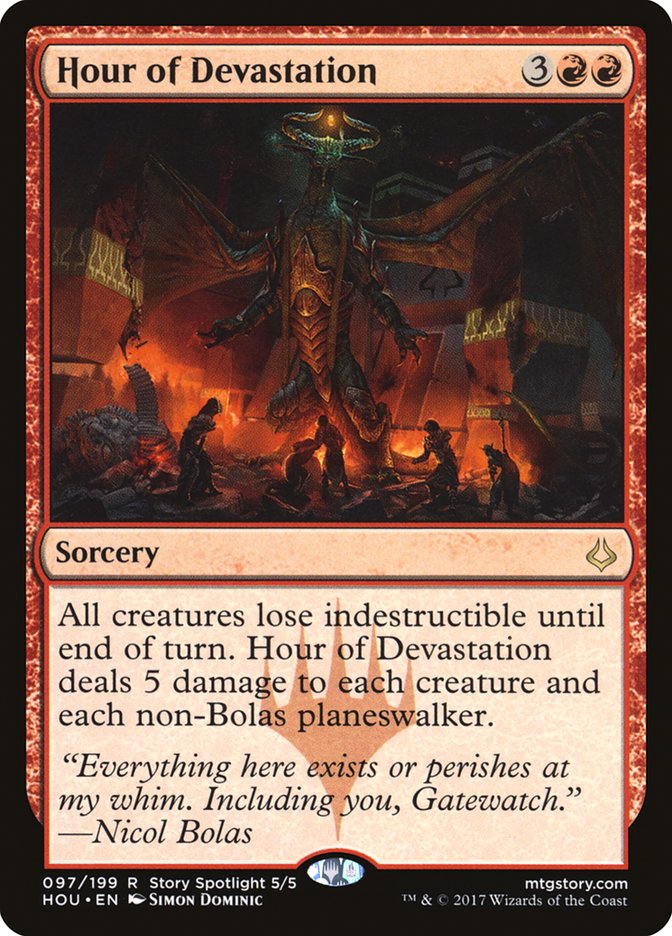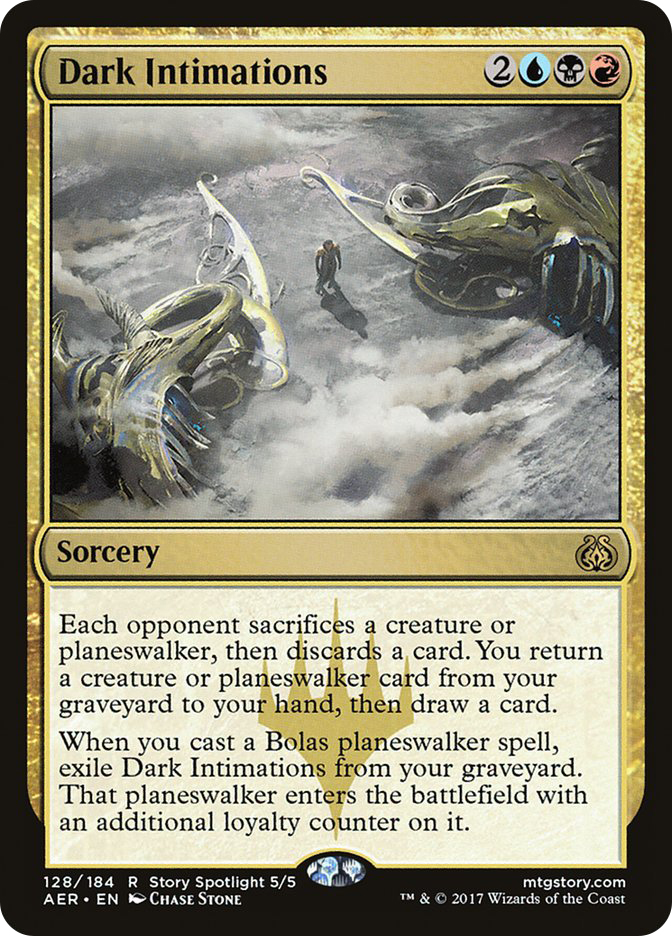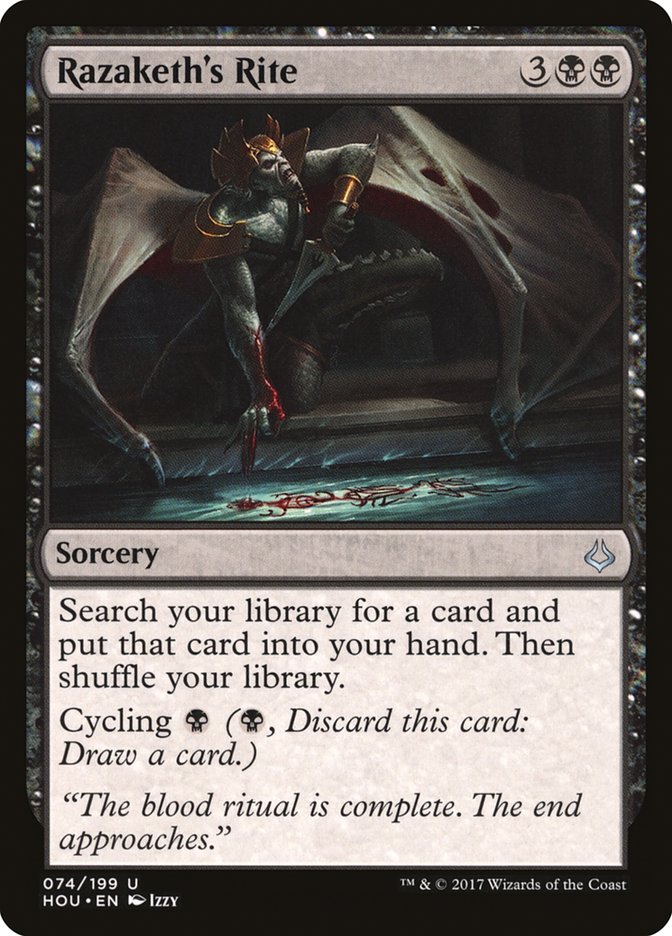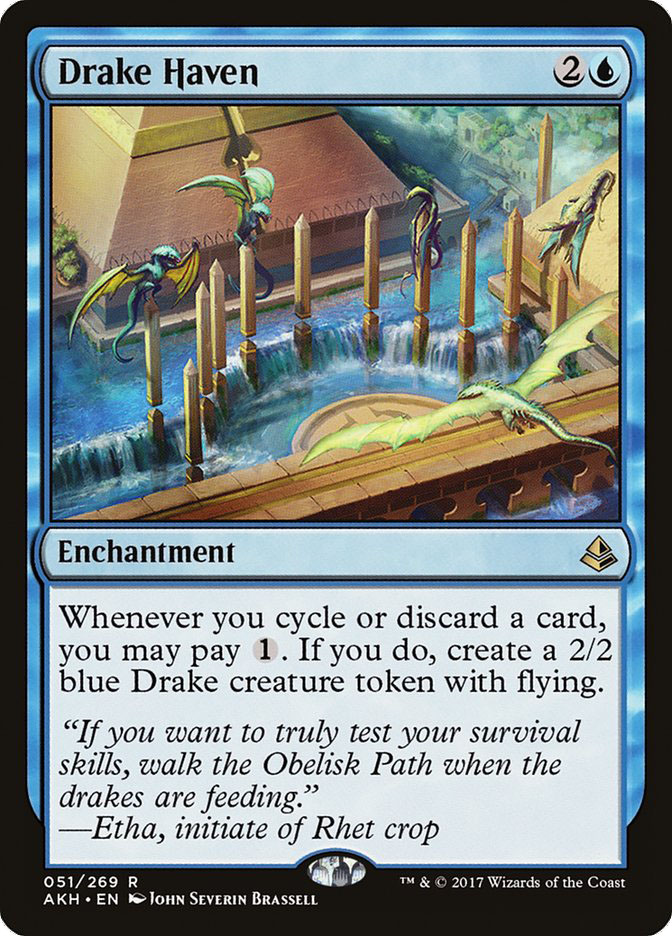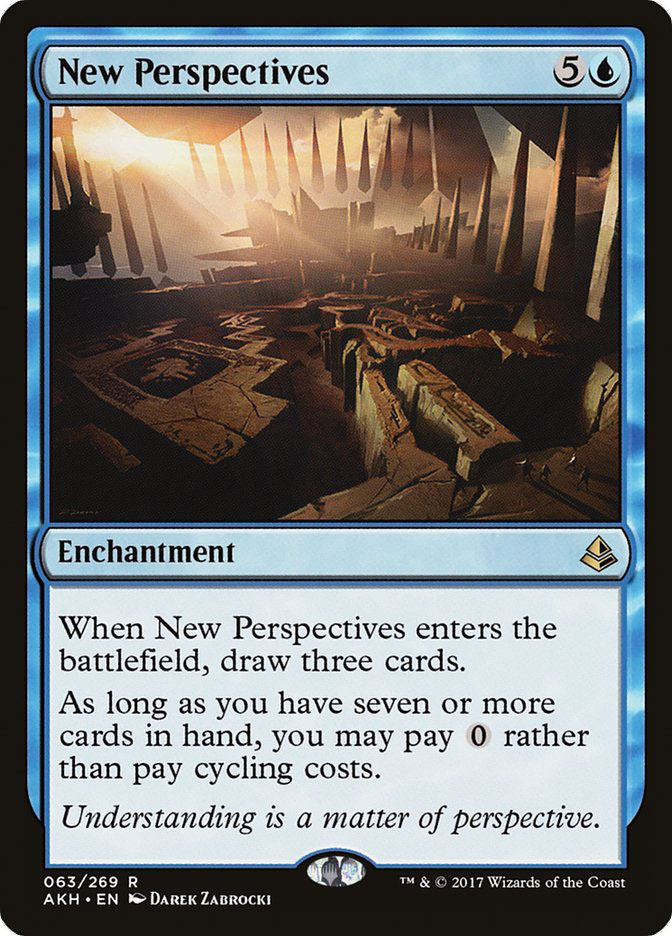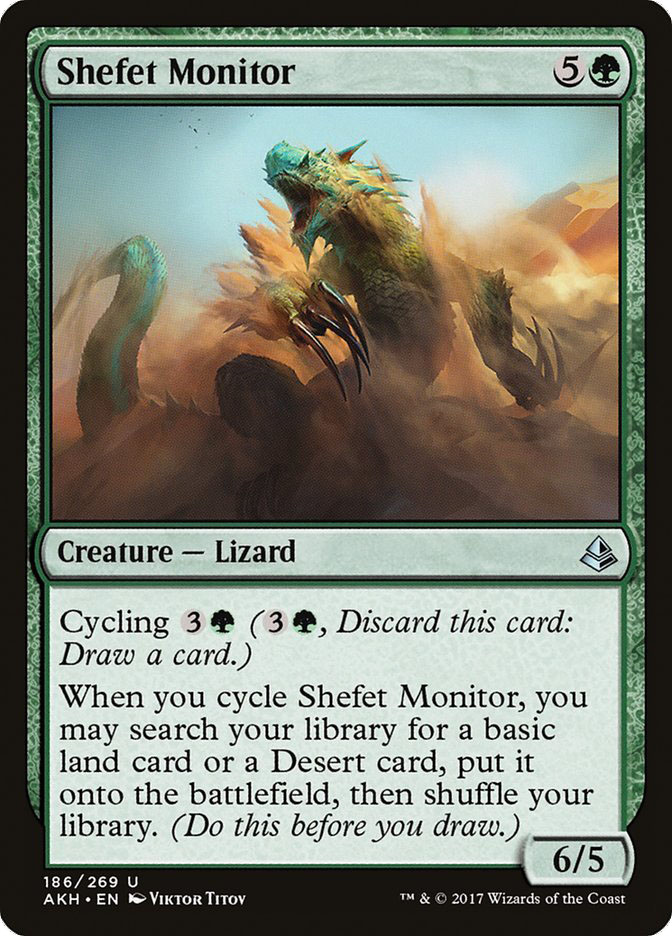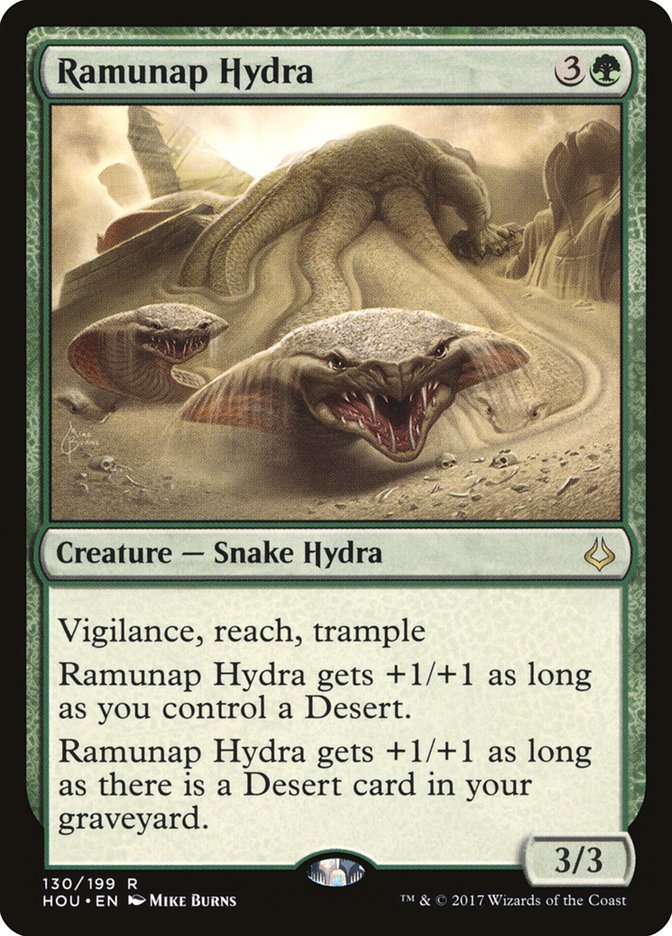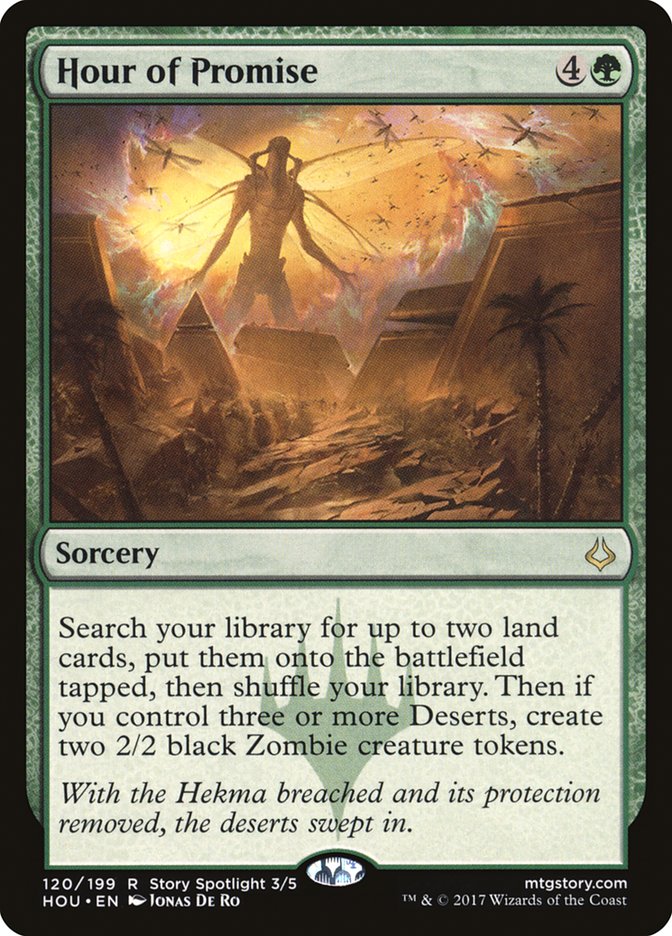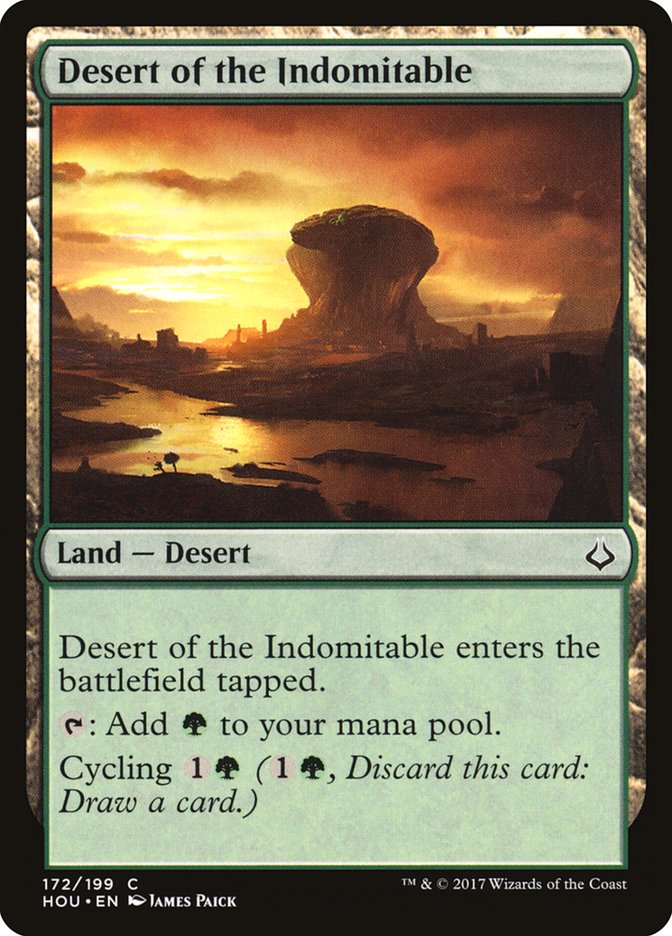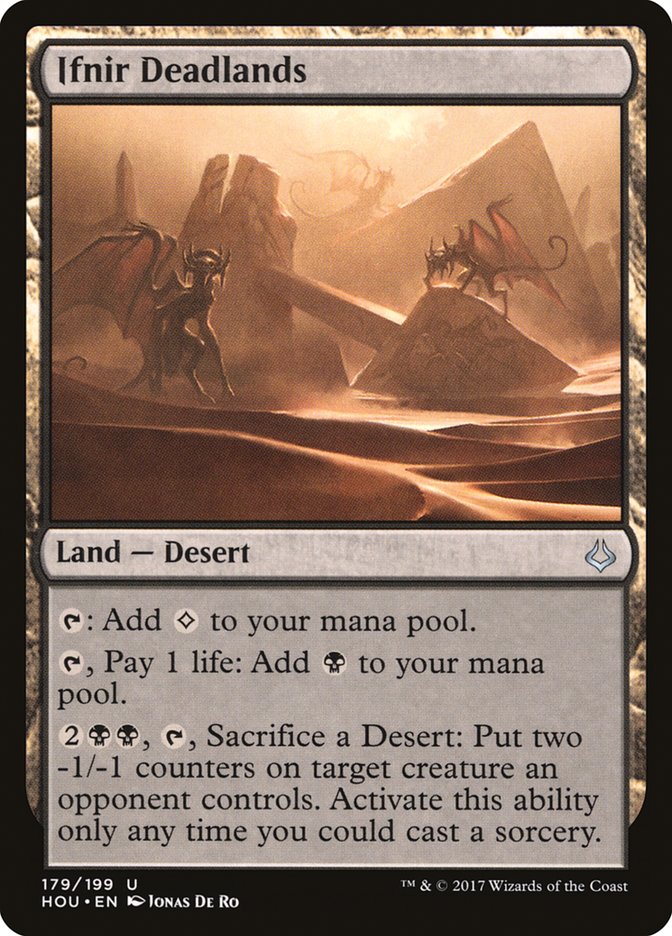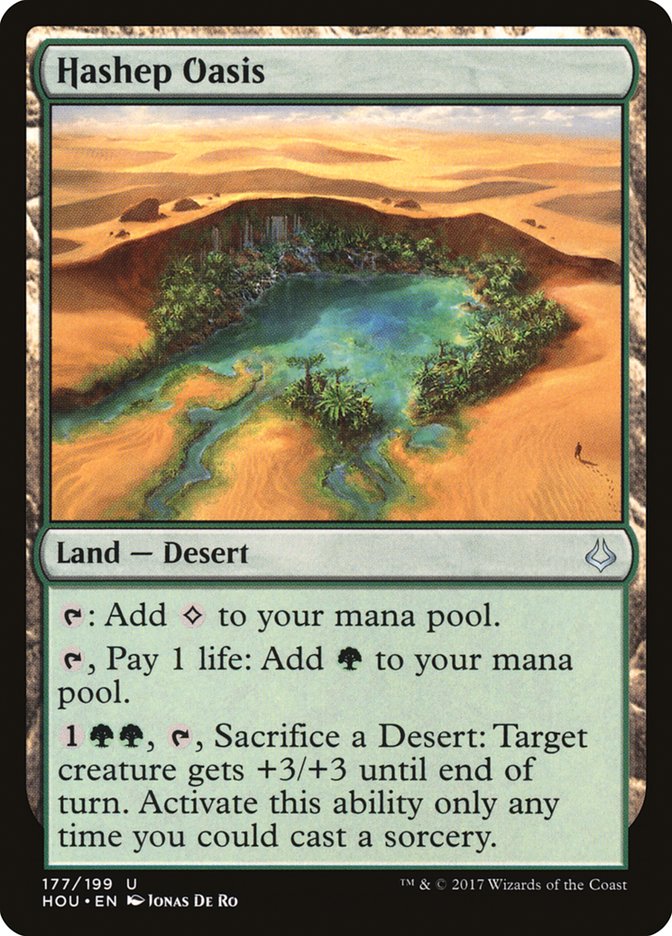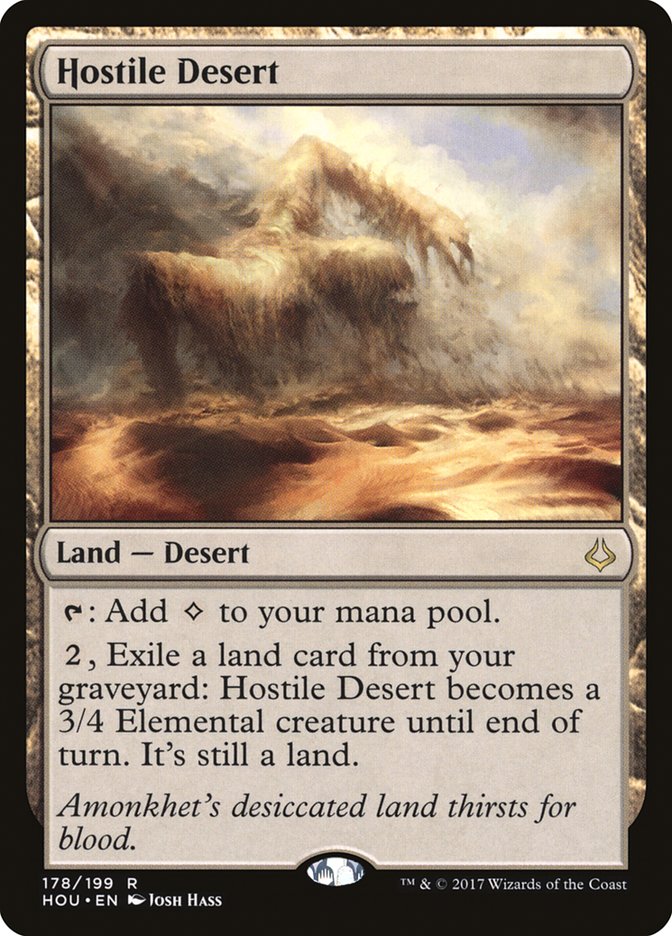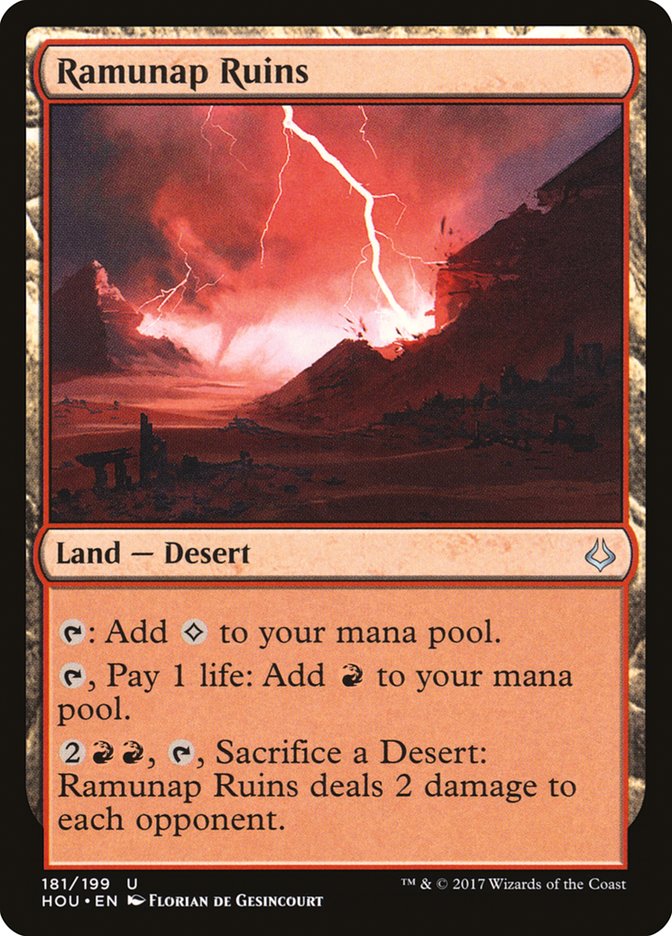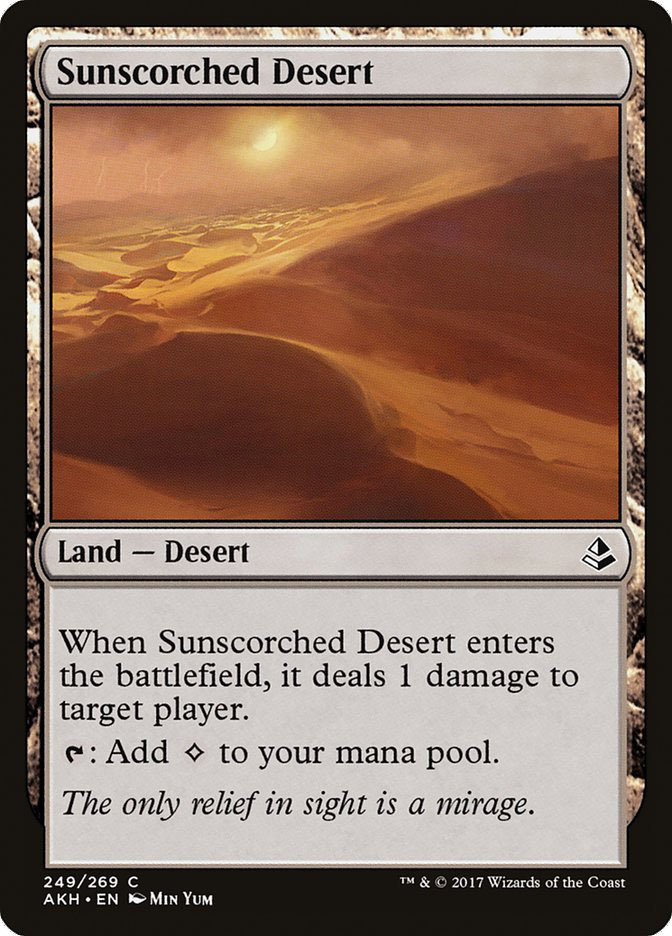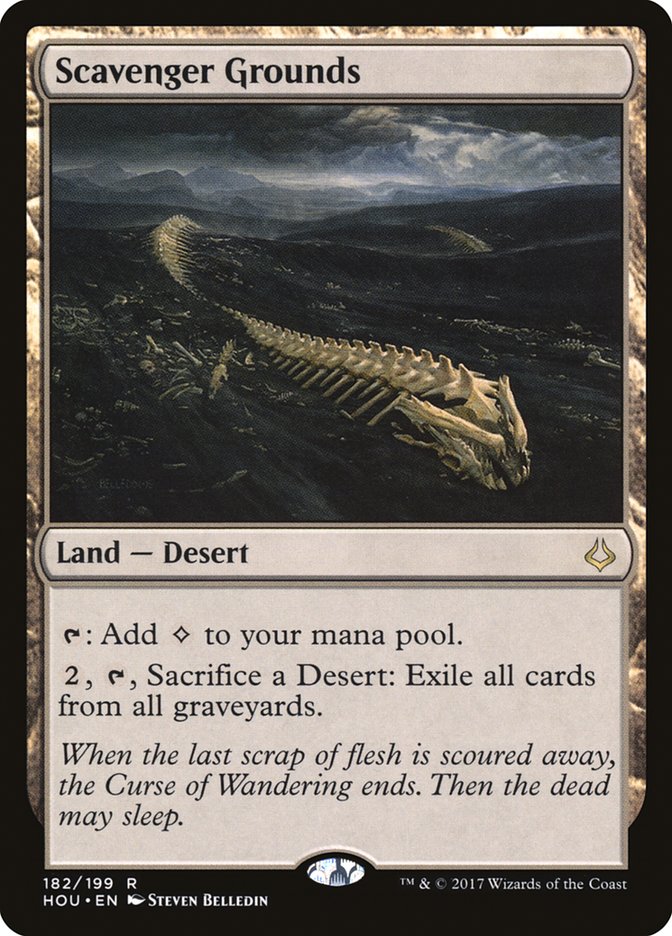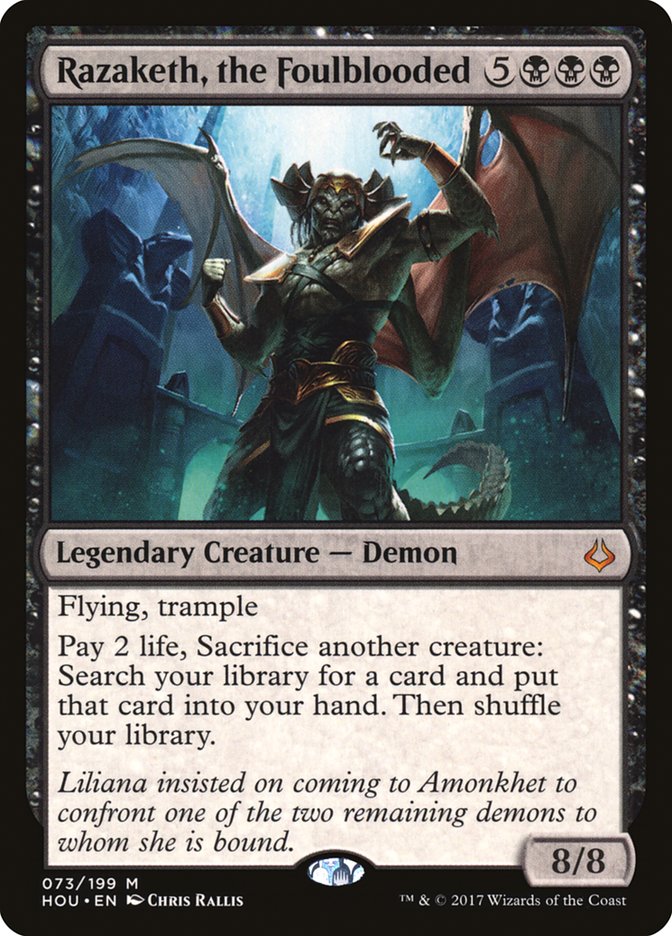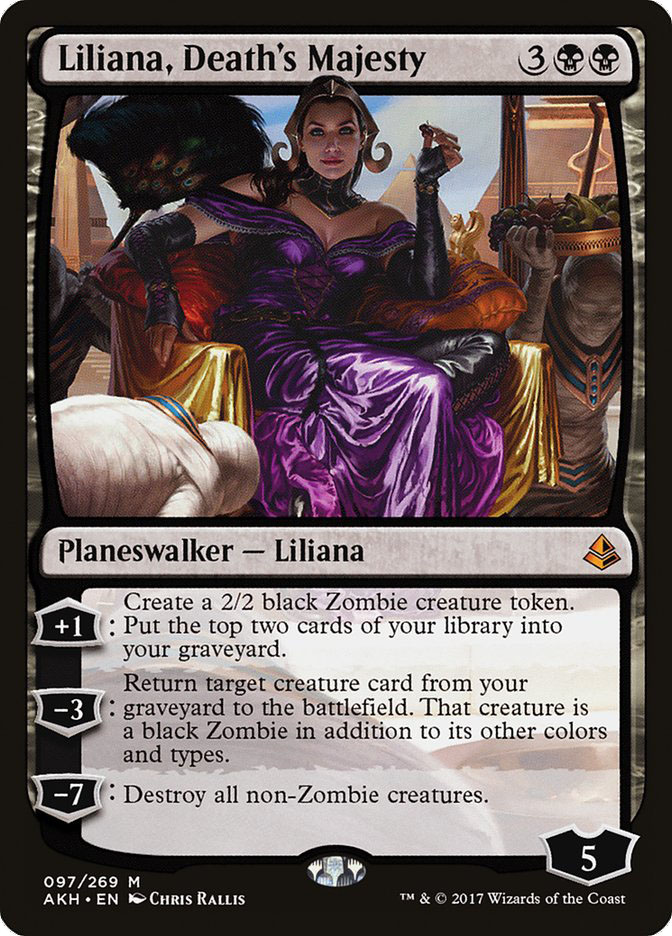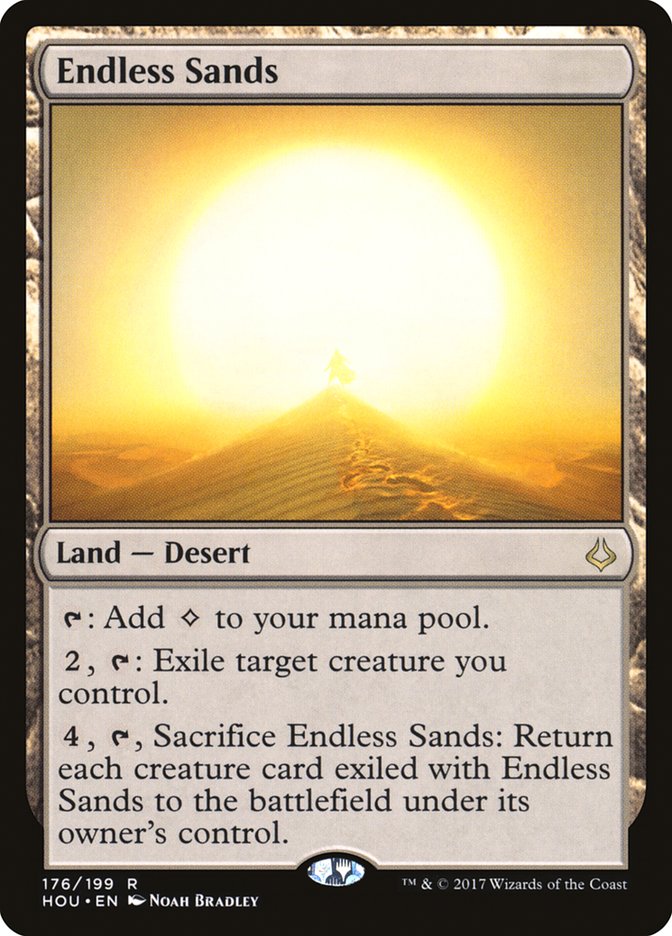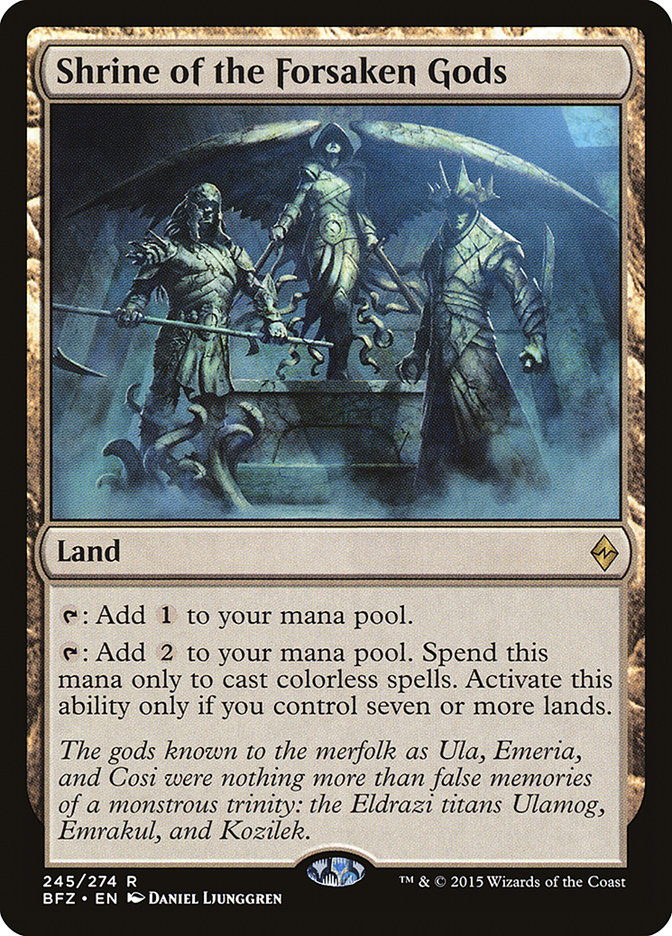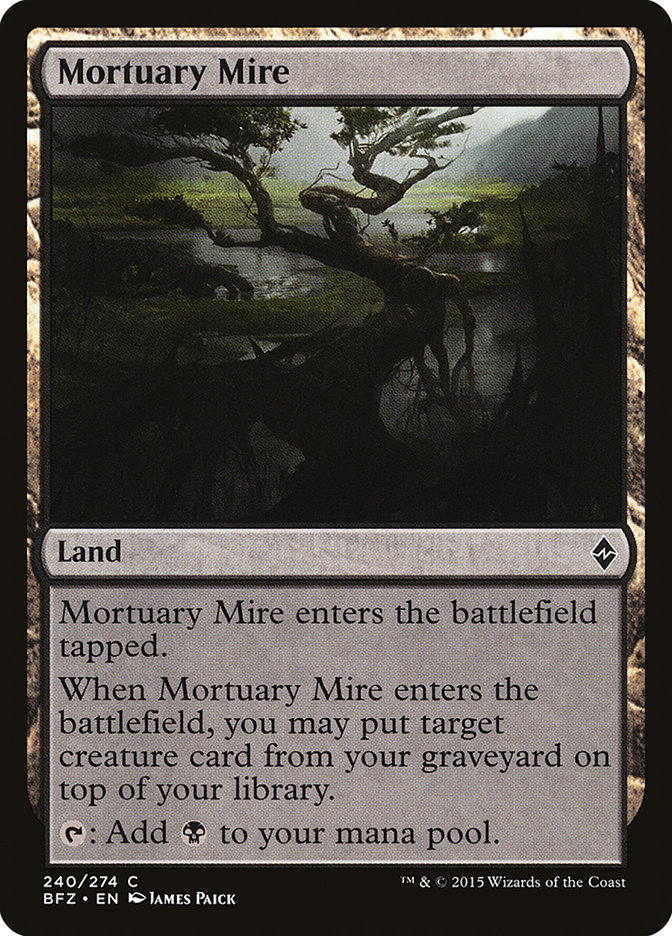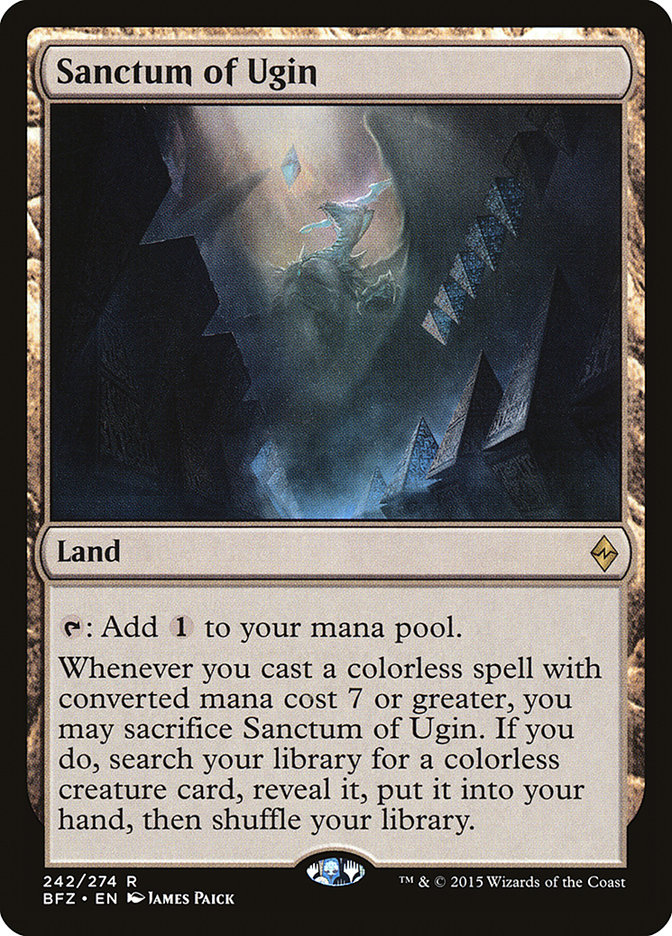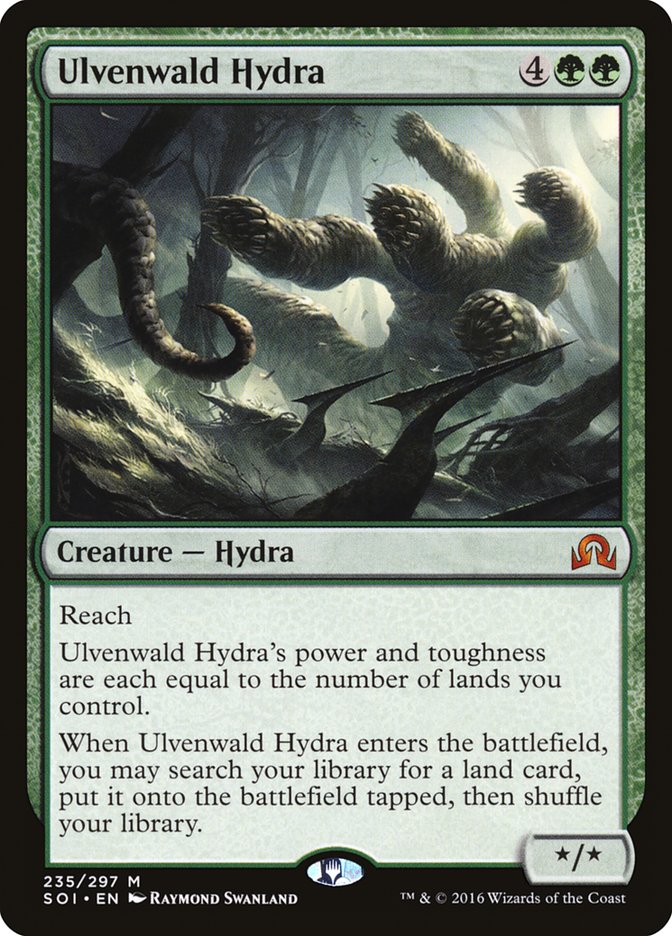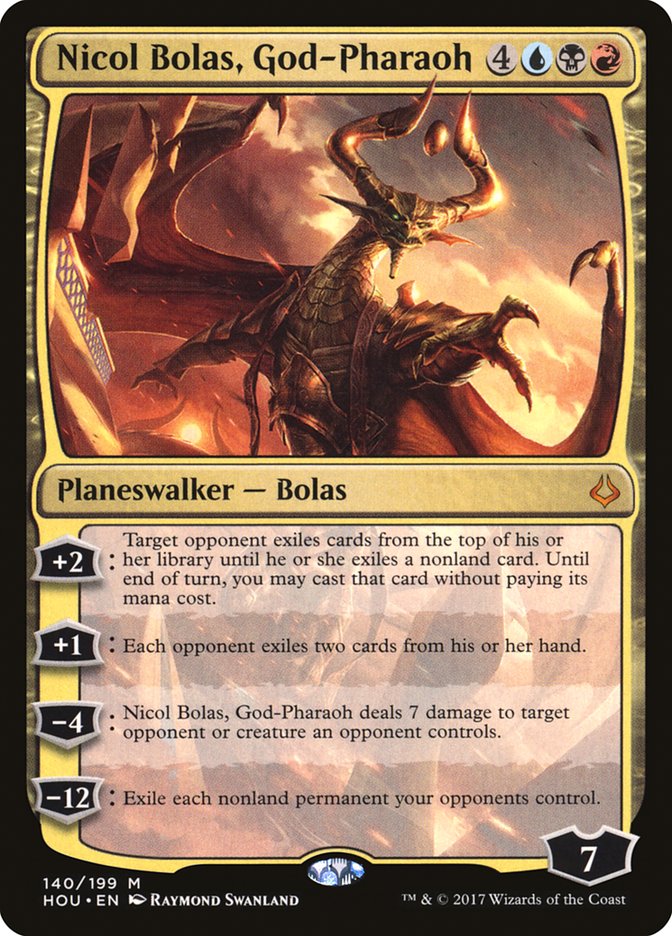Doom… Doom… Doom… Doom…
Doom… Doom…
Doom…
Doom…
Okay, the eighth time the word “Doom” appears on a card, it really starts to suggest something…
Imminent Doom asks more of you than meets the eye. Not only do you need a spread of different costs, but you need to cast them in the right order and after Imminent Doom. If you go to the trouble, however, you only need to trigger Imminent Doom twice before you’ve gotten an Arc Lightning worth of impact on the battlefield. The third activation, and ostensibly, you’re ahead.
One of the key selling points of Imminent Doom is that it has virtual “haste,” in that you can cast it and then immediately cast a one-cost spell to get the first trigger. Additionally, you can play two spells in the same turn to activate it twice.
Consign // Oblivion is just a solid card in its own right, being strictly better than Disperse (a card that has seen occasional tournament play). That we’re also getting a five-cost spell is actually very helpful for ensuring we’re ready to trigger the Imminent Doom on five. Imagine, for instance:
Turn 4: Imminent Doom, Renegade Map (deal one).
Turn 5: Sacrifice the Map, play a land, Consign a permanent, Never a permanent (deal two, and then deal three).
Turn 6: Aftermath Return (deal four).
Turn 7: Aftermath Oblivion (deal five).
Consign also gives us the option to bounce our Imminent Doom, resetting the number of doom counters on it. This can be particularly useful when we’ve had to use the damage from it to kill opposing creatures. In fact, we might even bounce our Doom with five counters while we have another Doom on two counters. The Consign triggers the lesser Doom, dealing two, and then replaying Imminent Doom triggers that Doom again, dealing three. That said, it’s generally preferable to have our Imminent Dooms on the same number if we can arrange it. That way, we’re getting two triggers out of each spell rather than just one.
Cut // Ribbons is a particularly interesting card with Imminent Doom, as it counts as a two on the front side but then can be most whatever we need when we aftermath it (except one, obviously). Having some X-spells to round out the costs could go a long way towards smoothing out our mix of costs and ensure we keep the doom level increasing. It’s also excellent that the payoff from Ribbons is life loss for the opponent, exactly playing into the Imminent Doom strategy.
Here’s an attempt:
Lands (22)
Spells (38)

The artifact component of this list might be stretching things a bit, but Unlicensed Disintegration is absolutely incredible in a burn deck. One artifact I am just generally very interested in learning more about is Sunset Pyramid.
Sunset Pyramid is very unassuming. After all, none of the Amonkhet brick cards really did much in Constructed, and it’s been a while since straightforward mana-activation Jayemdae Tomes were good.
Sunset Pyramid costs a lot, lot less than Jayemdae Tome. In a way, it’s kind of like the following:
Clue-cestral Recall
2
Spell
Create three Clue tokens.
Of course, you actually get even more than that, since you also get a Seer’s Lantern that doesn’t tap for mana.
Cracked Lantern
2
Artifact
2, T: Scry 1.
There’s enough incidental artifact hate lying around that I’m not sure if Sunset Pyramid will actually get there. However, it is much cheaper to use than similar previous cards, so I’m definitely interested, particularly with so many recent planeswalker-hate cards.
It’s not that it’s a Jayemdae Tome that stops working eventually. It’s that by the time you have activated Jayemdae Tome for the first time, Sunset Pyramid will already have drawn you three cards.
Of course, Jayemdae Tome isn’t the real comparison, since it hasn’t seen competitive play in a long time. However, here is an interesting card to consider alongside Sunset Pyramid:
To illustrate the comparison between Sunset Pyramid and Think Twice, consider how many extra cards you’ll have gotten for each amount of mana:
|
Mana |
Sunset Pyramid |
Think Twice |
|
Two mana |
– |
+1 card |
|
Four mana |
+1 card |
– |
|
Five mana |
– |
+2 cards |
|
Six mana |
+2 cards |
– |
|
Eight mana |
+3 cards |
Sunset Pyramid is two mana behind on the first card (though you can pay in installments, which is convenient). It’s just one mana behind the second card. Then it lets you draw a third card for just three mana more than Think Twice’s total. Think Twice is basically letting you spend two mana for a chance to buy an extra card for three. Here, you get to buy another extra card for three without any additional upfront costs.
While Think Twice is an instant, Sunset Pyramid also leaving you with that Cracked Lantern we discussed above. Additionally, it’s got artifact synergies, as well as being colorless (and some color combinations could really go for a good card draw engine, like a Rakdos Goblin Dark-Dwellers deck or some such).
Given the amount of artifact hate running around, we’re typically going to want to draw cards as much as we can before resorting to scrying. However, there are plenty of tactical reasons we might want to keep a counter or two on the Pyramid against an opponent attacking our hand.
Additionally, a note on using the scry ability: once we’ve got enough mana to do most anything we want, we’re generally going to want to scry before we draw or untap whenever we don’t know the top card is something we want. For instance, let’s say we scry on our opponent’s end step. If we see something we like, keep it and then draw it, and repeat next turn. However, if we scry to the bottom, assuming we’ve got plenty of mana, we may want to scry again on our upkeep.
The printing of a new Crumbling Necropolis is a major upgrade to Grixis manabases, and while it is a tapped land, it fixes so well, we can actually play fewer tapped lands total. For instance:
Creatures (3)
Planeswalkers (4)
Lands (27)
Spells (28)

This list features just eight true tapped lands, letting us curve out way more smoothly than if we were trying to juggle a bunch of copies of Choked Estuary, Smoldering Marsh, and Fetid Pools. We might still want to turn a couple of those Swamps into duals, but this could be a reasonable starting place.
Hour of Devastation is more exciting to me than Bontu’s Last Reckoning, at least in a deck like this. Don’t get me wrong; Bontu’s Last Reckoning has some great uses, too. I just think the ability to kill planeswalkers with Hour of Devastation is a radical new dimension to give to a sweeper. This is just such a crazy way to follow your opponent’s turn 4 Gideon.
We do run the risk of Hour of Devastation killing our own Chandras, but if we cast a Chandra on turn 4, our opponent will try to remove it. If they can’t remove it, how much do we really need to Hour of Devastation that turn? It’s also worth noting that we can drop Chandra, plus it, untap, and plus it, letting it live even if we do decide to cast Hour of Devastation.
As if Torrential Gearhulk needed to get better, it even lives through our Hour! Torrential Gearhulk doesn’t play the best with Dark Intimations, but, to put it lightly, it’s generally a stronger card. Besides, with the printing of Hour of Devastation, there’s more competition at the five spot.
Another possible card to consider for our Grixis lists is Razaketh’s Rite. It’s expensive, but a cycling cost of one makes it interesting.
It’d be hard to play many copies of this card in a non-cycling-based deck, but the first one might be interesting for making our one-ofs go a lot further. One Pull from Tomorrow, one Never//Return, one Commit//Memory, one Negate…there are many possibilities. We might even play just a single Nicol Bolas, God-Pharaoh. We’d have to be prepared to usually cycle it early, but it might give us more options in the mid- and late-game. That said, we’re also going to want to be spending our mana on things like Glimmer of Genius and Supreme Will. Is Painful Truths a better way to dig?
New Perspectives strategies could obviously put Razaketh’s Rite to use, and they’ve actually gained some interesting tools in the form of more cycling lands, as well as a bunch of Deserts that Shefet Monitor might want to search up.
Shefet Monitor has generally just gained a lot in Hour of Devastation. There are many new Deserts, plus a lot more rewards for Deserts. I’m not talking about stuff like Ramunap Hydra and Sidewinder Naga, either.
I guess it’s possible Ramunap Hydra does enough of the right stuff, but it sure looks poorly positioned. Consider Fatal Push and Unlicensed Disintegration, for instance. It looks worse than Woodland Wanderer to me.
Rather, I am more excited about cards like Hour of Promise:
Hour of Promise is much, much more than an Explosive Vegetation for a mana more. That we can search up any lands we want gives us the ability to include quite a toolbox in our manabase. There are a ton of utility lands in Standard right now anyway. Once we’re playing enough Deserts to reasonably reliably trigger the Zombie-making ability, we’re talking about a four-for-one that includes zero-cost Rampant Growths for lands with abilities and zero-cost 2/2s.
The new cycling lands seem very mediocre in Constructed to me. It’s possible you want to be all-in on cycling, but you mostly need to be getting paid for the Desert ability, or else you’d be better off with a half-off-color cycling land. Still, they get Deserts in your graveyard, which can synergize with stuff. I would be cautious, however.
These Deserts, however, look great to me. Entering the battlefield untapped is awesome, and you can frequently just tap them for colorless and never have a problem. Being able to Hour of Promise and search up a Desert that sacrifices Deserts for a repeatable spell-like ability and a Hostile Desert is kind of sweet.
In decks that can support it, Hostile Desert is an excellent new creature-land that is even more mana-efficient than Treetop Village. It’s hard to fuel too many of these, but Evolving Wilds helps. Mainly, however, I think we’re going to be looking for self-mill cards from green or black to get lands into our graveyard. Alternatively, Cathartic Reunion and Tormenting Voice could help put lands into our graveyard (along with cycling lands), meaning B/R Goblin Dark-Dwellers decks can finally get a creature-land. Of course, in Modern we can just fuel it with fetchlands, which is definitely interesting.
You don’t necessarily have to be all-in on Deserts to get some value from them. For instance, what about a manabase starting:
14 Mountain
Depending on how many Deserts and how many discard outlets you play, you might even be able to support Hostile Desert in mono-red. Even if we splash black for Scrapheap Scrounger and Unlicensed Disintegration, we might find ourselves running Ifnir Deadlands, even if we’re not likely to actually activate its -2/-2 ability.
Scavenger Grounds could be an interesting part of an Hour of Promise toolbox, whether maindeck or sideboard, particularly if some kind of Razaketh, the Foulblooded reanimator deck emerges.
One Desert I’m still scratching my head to fit into Desert-centric decks is Endless Sands. It’s kind of a weird Safe Haven build-around, but I haven’t yet seen a spot worth going to the trouble compared to other ways to spend your extra mana. It could easily still be out there, but I haven’t seen any sign of it yet.
While I would expect there to usually be at least three Deserts in most Hour of Promise decks, I definitely don’t think that needs to be the primary plan. For instance, searching up two Shrine of the Forsaken Gods makes for such a perfect curve.
The Hour of Promise takes us straight from five to seven lands, meaning the Shrines are turned on. When we untap and drop our land for the turn, we’ll have exactly Ulamog mana, four turns ahead of schedule.
There are many amazing lands to get for an Eldrazi ramp deck, and once you start thinking about Hour of Promise in terms of being a Primeval Titan, a lot of possibilities open up. We may not get the 6/6, but sometimes we’ll get Zombies, and it is cheaper. Besides, maybe we can get a little Primeval Titan action from Ulvenwald Hydra.
Once we’re playing a toolbox of lands, we get even more mileage out of them with Ulvenwald Hydra (which can also serve as another way to ramp into Ulamog).
Tireless Tracker is another sweet way to get paid extra from our Hour of Promise. It also helps that it’s just a great card on its own.
Hour of Promise ramping into Eldrazi is very promising, but obviously, there is another powerhouse we might want to be ramping into now…
Now, this is promising.
Bonus Decklist!
Spells (11)



